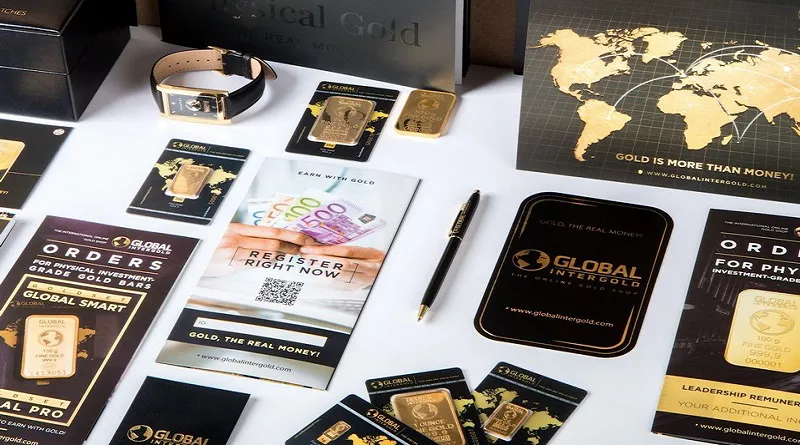Silver certificates, once a common form of U.S. currency, hold both historical significance and potential value for collectors. The worth of a Silver Certificate $1 bill is influenced by various factors, including its age, condition, and rarity. In this comprehensive guide, we will explore the intricacies of valuing Silver Certificates, providing valuable insights for those interested in understanding their monetary and collector’s value.
Understanding Silver Certificates
Historical Background:
Silver certificates were a form of paper currency issued by the U.S. government between 1878 and 1964. Initially, they represented a claim on physical silver held by the U.S. Treasury, and they were redeemable for silver coins.
Denominations:
Silver certificates were issued in various denominations, including $1, $5, $10, $20, $50, and $100. The $1 Silver Certificate, featuring iconic designs and historical figures, is particularly sought after by collectors.
Factors Influencing the Value of a Silver Certificate $1 Bill
Year of Issue:
The year of issue plays a crucial role in determining a Silver Certificate’s value. Older certificates, especially those issued before 1928, are often considered more valuable due to their rarity.
Condition:
The condition of a Silver Certificate significantly impacts its worth. Notes in uncirculated or near-mint condition tend to command higher prices, while those with wear, tears, or folds may have reduced collector’s value.
Series and Signatures:
The specific series and signatures on a Silver Certificate also contribute to its value. Different series had distinct designs and features, and certain signatures, such as those of famous Treasury officials, can enhance the note’s desirability.
Valuation Methods for Silver Certificates
Collector’s Market:
The collector’s market plays a significant role in determining the value of Silver Certificates. Rare or unique features, printing errors, and low print runs can elevate a note’s collector’s value.
Numismatic Grading:
Numismatic grading, which assesses the overall condition of a currency note, is a common method for valuation. Grading services provide a scale from Poor (P) to Gem Uncirculated (GEM) based on factors like wear, folds, and overall preservation.
Notable Silver Certificate Designs and Series
1896 Educational Series:
Known for its intricate designs, the 1896 Educational Series features allegorical motifs representing various themes like history, science, and electricity. Notes from this series are highly sought after by collectors.
1923 $1 Silver Certificate:
The 1923 $1 Silver Certificate, often referred to as the “Porthole” note, is recognizable for its circular portrait of Martha and George Washington. These notes are valued for their unique design.
Factors That Don’t Directly Affect Value
Redeemability:
While silver certificates were once redeemable for silver, they are no longer exchangeable for precious metals. Their value is now primarily based on their historical significance and collector’s appeal.
Legal Tender Status:
Silver certificates are no longer legal tender, meaning they cannot be used for transactions. However, their value as collectibles remains intact, and they are often bought and sold in the numismatic market.
Current Market Prices and Trends
Online Auctions:
Online auction platforms, such as eBay, provide insights into the current market prices of Silver Certificates. Auction results can offer a glimpse into the demand and value of different series and conditions.
Numismatic Price Guides:
Numismatic price guides, available in print and online, provide estimates and trends for the value of Silver Certificates. These guides consider factors such as rarity, condition, and collector interest.
Selling and Buying Silver Certificates
Reputable Dealers:
Reputable coin and currency dealers specialize in buying and selling Silver Certificates. Establishing a relationship with a trusted dealer can ensure fair transactions and accurate valuations.
Collectors’ Shows:
Numismatic or collectors’ shows often feature dealers and enthusiasts buying and selling currency. Attendees can explore a variety of notes and get a sense of the current market.
Conclusion
The value of a Silver Certificate $1 bill goes beyond its face value, encapsulating historical significance, artistic appeal, and collector interest. The age, condition, series, and rarity are key factors influencing its worth in the numismatic market.
As collectors and enthusiasts engage with the world of Silver Certificates, it’s essential to consider these factors, stay informed about market trends, and rely on reputable sources for valuation. While no longer serving as a medium of exchange, the Silver Certificate $1 bill continues to captivate individuals as a tangible piece of U.S. monetary history, reflecting the evolution of currency and the artistry of its time.

